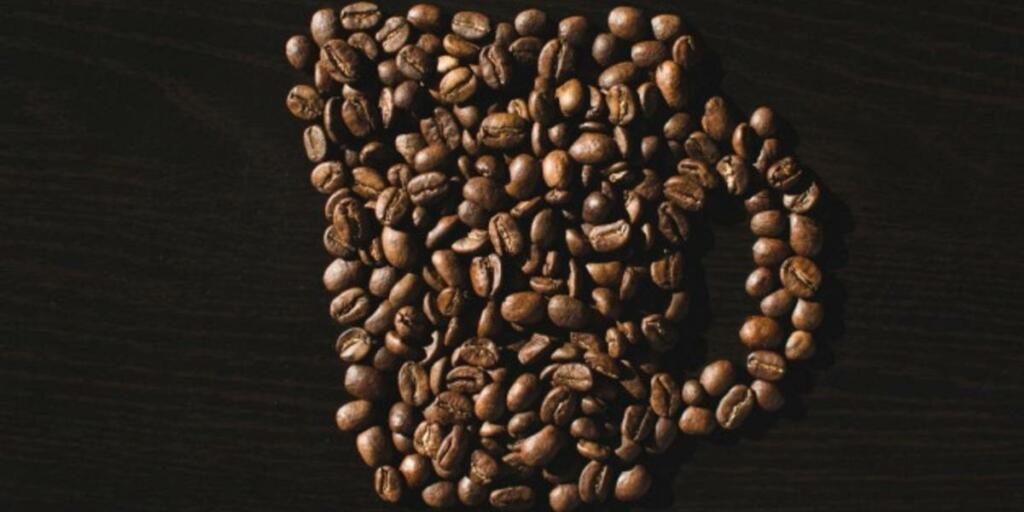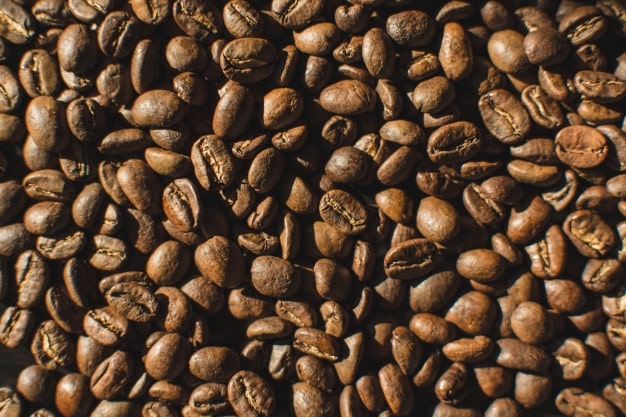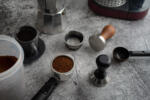If you thought the world of coffee was all about arabica, think again! Meet robusta—the mighty coffee bean that’s bold, resilient, and packed with character.
Table Of Contents
−In this comprehensive guide, we’ll unravel the fascinating story of robusta coffee, from its African roots to its global impact. Get ready for an earthy flavor journey that will transform your coffee experience!

Origins of Robusta: The African Connection
Robusta coffee, scientifically known as Coffea canephora, traces its origins to western and central Sub-Saharan Africa. Today, it’s a global sensation, contributing to a significant 40% of the world’s coffee production. But how did this African native become a coffee industry heavyweight? Let’s explore its journey!
- Birthplace: Sub-Saharan Africa
- Early cultivation: Indigenous communities in Africa
- Global spread: Introduced to Southeast Asia, Latin America, and beyond
Flavor Profile: The Earthy and Bold Experience
Robusta coffee is all about bold flavors and a strong caffeine kick. Its higher caffeine content (2.2-2.7%) compared to arabica (1.2-1.5%) gives it a distinct edge. Here’s what you can expect from a cup of robusta:
- Earthy and grainy taste
- Oak-like notes with a hint of bitterness
- Peanutty aftertaste
- Ideal for espresso and blends

Robusta vs. Arabica: The Coffee Showdown
While robusta and arabica are both beloved coffee species, they have unique characteristics that set them apart. Let’s compare the two:
| Attribute | Robusta | Arabica |
|---|---|---|
| Caffeine Content | Higher (2.2-2.7%) | Lower (1.2-1.5%) |
| Flavor | Earthy, bold, bitter | Sweet, mild, nuanced |
| Plant Height | Shorter, up to 12 meters | Taller, up to 17 meters |
| Altitude | Low altitudes | High altitudes |
| Disease/Pest | Resistant | Susceptible |
| Global Production | 40% of global coffee production | 60% of global coffee production |
Cultivating Robusta: The Resilient Coffee Plant
Robusta coffee plants are known for their adaptability, resilience, and resistance to diseases and pests. They can grow in diverse climates, from open areas to dense rainforests. Here’s a glimpse into the robusta cultivation process:
- Altitude: Low altitudes (sea level to 800 meters)
- Climate: Adaptable to various climatic conditions
- Soil: Well-drained, fertile, neutral to slightly acidic
- Growth: Fast-growing, strong tree with shallow roots
- Harvest: Higher crop yield compared to arabica

Top Robusta Coffee Brands to Try
Curious to try robusta coffee? Discover the bold flavors of robusta with these top coffee brands:
Death Wish Coffee: A powerhouse blend of robusta and arabica beans, known for its intense flavor and high caffeine content. It’s organic, fair trade, and dubbed as the “world’s strongest coffee.”
Cannonball Coffee: A single-origin Rwandan robusta with delicious notes of bitter dark chocolate and roasted almonds. Expect a smooth and strong cup of coffee.
Valhalla Java: Another robusta and arabica blend by Death Wish Coffee Company, Valhalla Java offers walnut and toast flavor notes for a more mellow yet robust coffee experience.
Bach Vietnamese Coffee: Experience 100% robusta coffee from Vietnam, grown in volcanic soil. Chocolatey undertones make it ideal for experimenting with espresso and blending.
Urja: A gourmet Indian robusta/arabica blend that’s medium roasted. Enjoy its smooth velvety finish with nutty undertones—perfect for espresso, americano, cappuccino, latte, or cold brew.

Brewing Tips: Getting the Best Out of Robusta
When it comes to brewing robusta, precision is key to unlocking its rich flavors. Here are a few tips to get the best out of your robusta coffee:
- Espresso: Robusta’s bold flavors and thick crema make it ideal for espresso. Whether as a standalone or in a blend, robusta adds depth and character to your shot.
- French Press: The French press method brings out the earthy notes of robusta, offering a full-bodied and robust cup.
- Experiment with Blends: Mix robusta with arabica beans to create a well-rounded blend that balances the boldness of robusta with the sweetness of arabica.
- Freshly Grind Beans: For maximum freshness, grind your robusta beans just before brewing. Choose a coarse grind for French press and a fine grind for espresso.
- Pay Attention to Roast: Choose a roast level that complements robusta’s natural flavors. A medium to dark roast is typically recommended for robusta beans.
Conclusion: Celebrating the Mighty Robusta
As we reach the end of our robusta coffee guide, it’s clear that this mighty bean has a lot to offer. From its resilient nature to its bold flavors, robusta has earned its place in the world of coffee. Whether you enjoy it as a rich espresso or appreciate the added depth in a blend, robusta is a coffee experience worth exploring.
So, go ahead and raise a toast to robusta—the coffee bean that continues to captivate coffee enthusiasts around the globe. Cheers to the bold and the beautiful robusta coffee!
Disclaimer: This post contains affiliate links, which means I may receive a small commission, at no extra cost to you, if you make a purchase using these links. Remember to support us by purchasing through the Amazon/Walmart/Impact Radius links provided. Last update on 2024-04-25 / Affiliate links / Images from Amazon Product Advertising API
Disclosure: No compensation or free products were received in exchange for writing this review.

Editorial Staff
The editorial staff at Crazy Coffee Crave is a team of coffee enthusiasts & Baristas who enjoy the one thing we all think about as soon as we get up in the morning. Trusted by thousands of readers worldwide.









